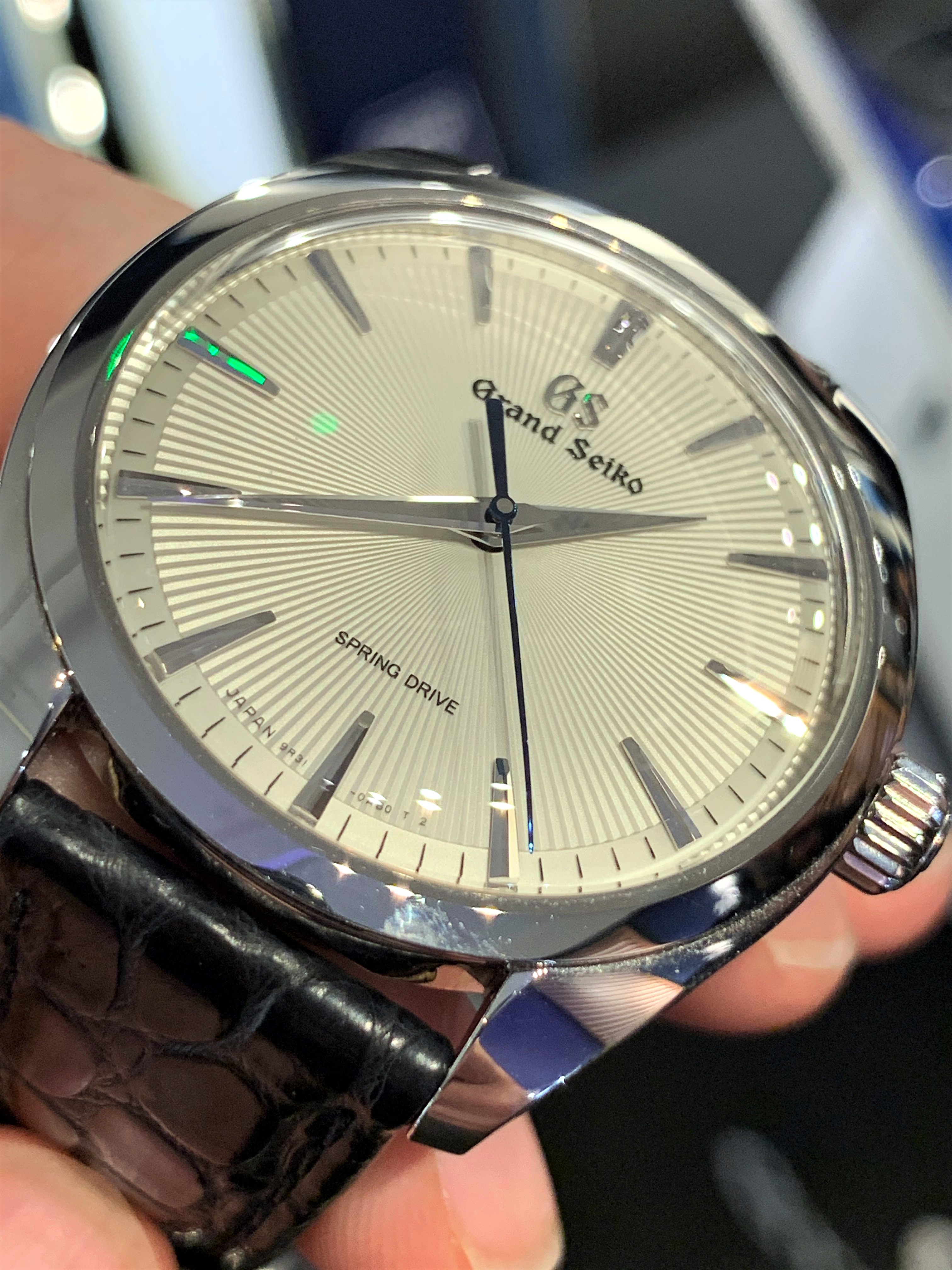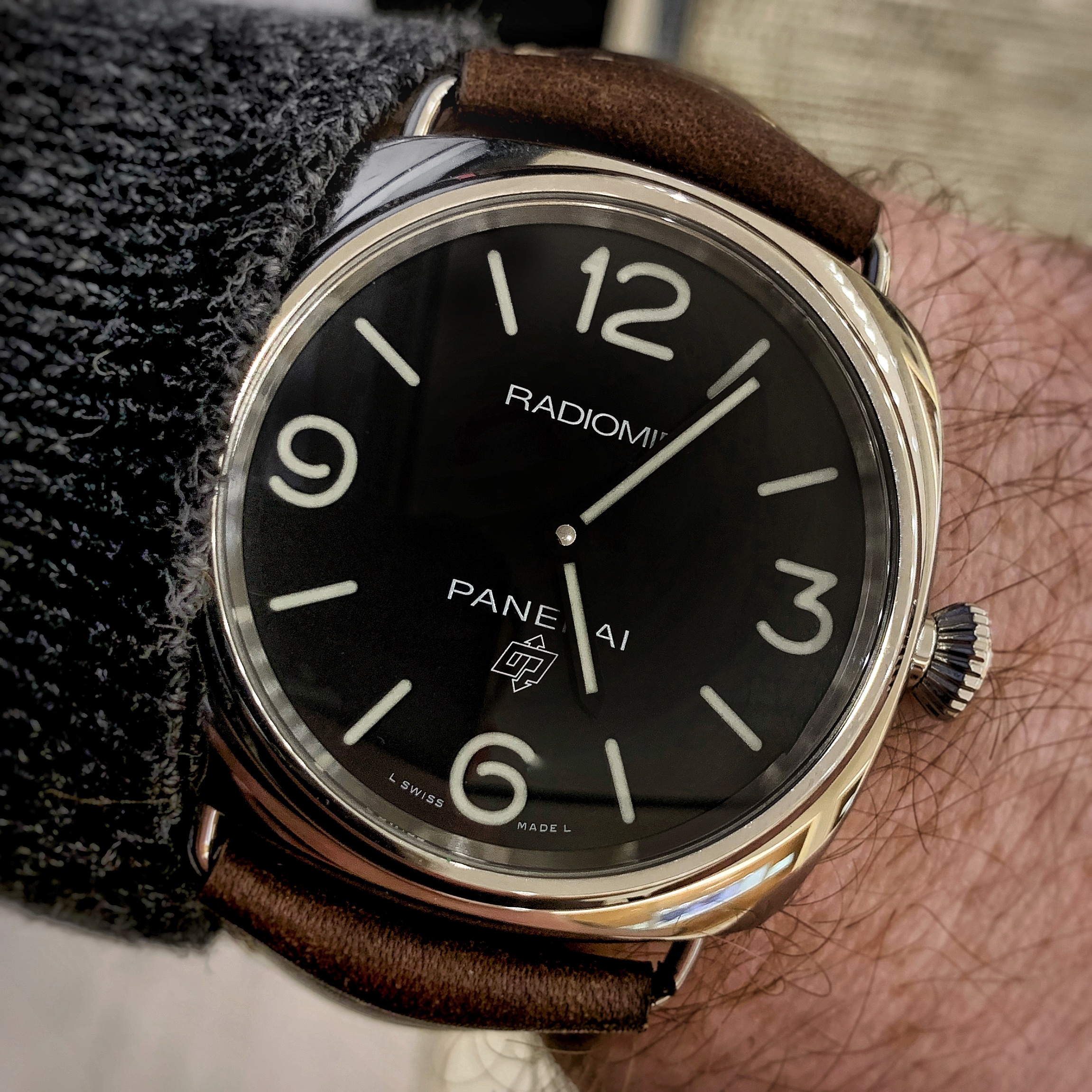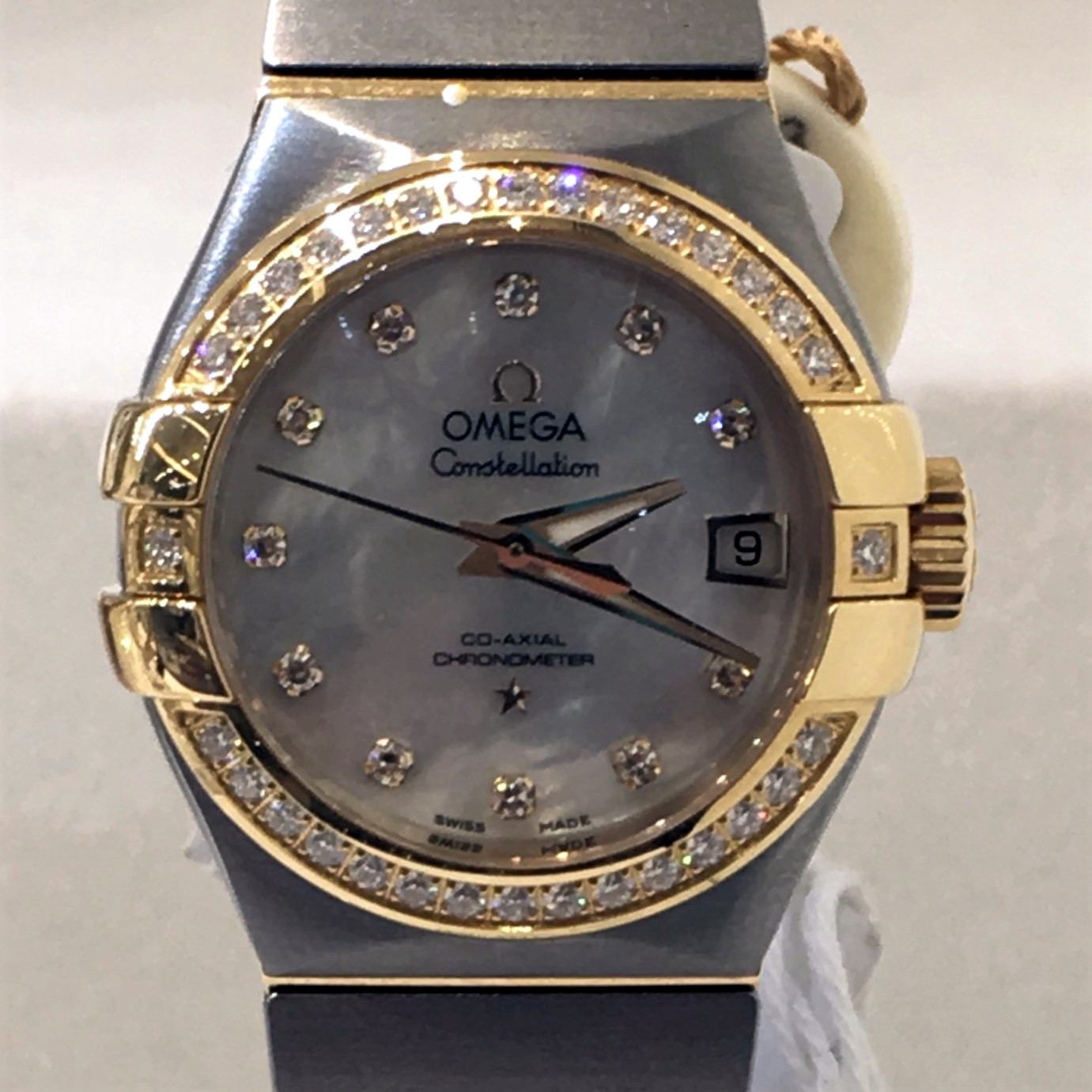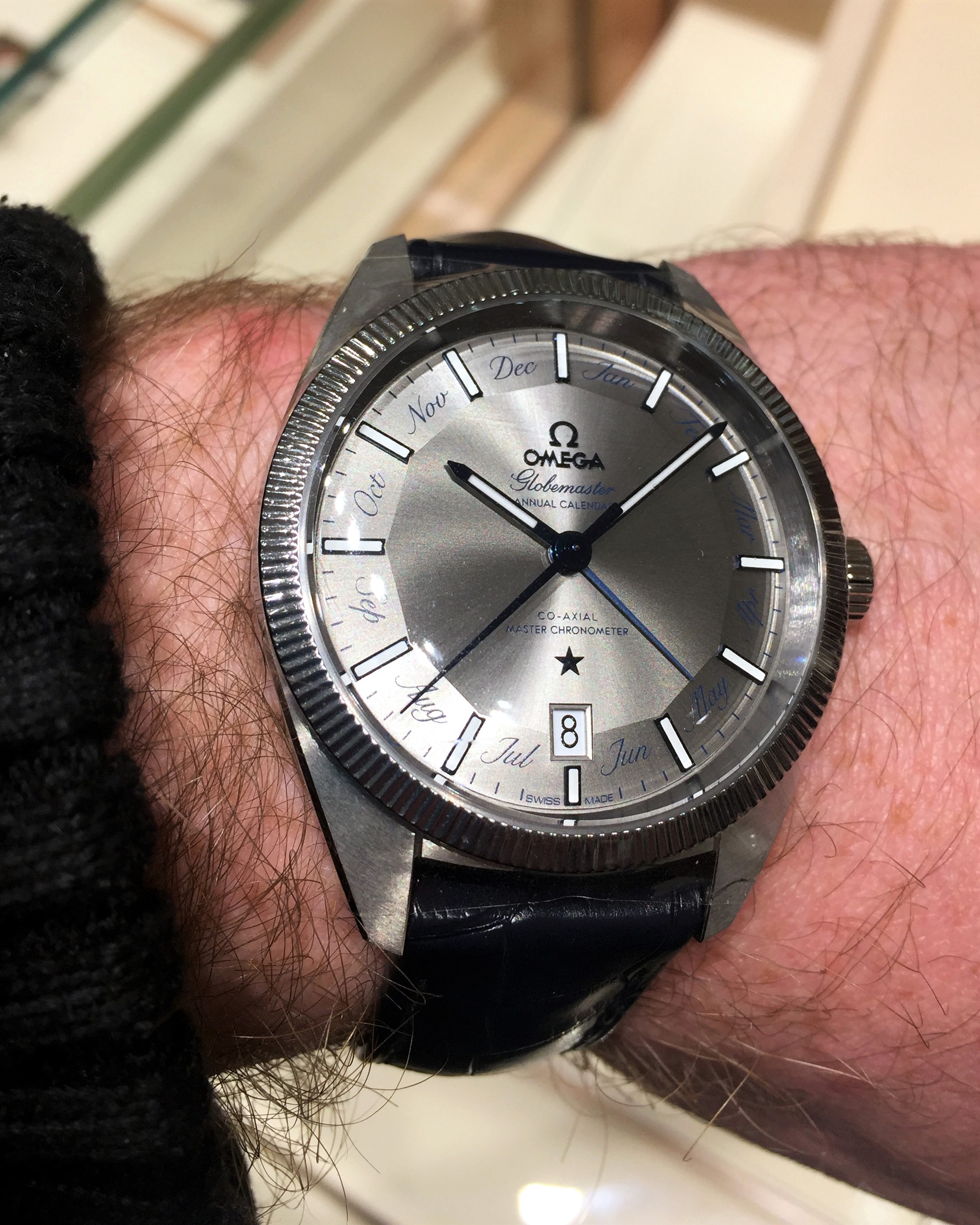One of my favourite things about the world of watches is that everybody has different tastes and preferences, some more commonplace than others, but ultimately that there really is something for absolutely everyone. This article explores some of the regional preferences around the globe and attempts to answer why some brands or specific collections are more popular in some places than others.
Regional Watch Preferences
Every single one of us is unique, an individual. We all have our own likes and dislikes across literally every aspect of society: fashion, music, film and TV, design aesthetics… the list is, quite literally, endless.
One of my favourite things about the world of watches is that this same sentiment applies equally here, too, with preference on colourway, strap or bracelet, steel, ceramic or gold, busy or simple dial aesthetic, Arabic, Roman or index hour markers, date or no date, an affinity with one brand over another… again, you name it and there will almost certainly have been many discussions taken place around the world at get-togethers of watch enthusiasts as to the merits of one way or another.
Around the world there are different languages, cuisines, fashions, and entirely different cultures; I thought it could be interesting for this article to explore a few instances of how these differences can be seen transcending into the world of watches, too.
Grand Seiko’s increasing popularity in the USA
The first Grand Seiko timepiece was launched in 1960, the result of a project within the Seiko Group to challenge the preconception that Swiss watchmaking was superior to that of the Japanese. Despite this long-standing history, and the advancements made by Grand Seiko during this time, it is perhaps surprising only in the last decade or so have the Seiko Watch Corporation launched Grand Seiko as an entity unto itself on the international stage. As a result, the appreciation and popularity of Grand Seiko has taken great recent strides (read more about the history of Grand Seiko in our Spotlight article here).
Traditionally strong in Japan and Asia, it is no surprise that Grand Seiko has focussed their efforts on leading global markets; second only to Hong Kong, the market in the USA has experienced significant growth in recent years: in 2019, the USA market was worth 2.4bn CHF with respect to Swiss watch exports, compared with Hong Kong’s 2.66bn CHF. The performance of the Swiss watch market in the USA for 2019 showed a year-on-year growth of 8.6% compared with 2018, and 17.6% growth since 2017. (Source: Federation of the Swiss Watch Industry)
Grand Seiko’s goal is to become one of the top 5 luxury brands in the US in the $5000-$10,000 range. By increasing their footprint, as well as enticing the market with multiple limited-edition references in the last few years which have been exclusive to the USA, this seems certainly to be a goal well within the realms of possibility.

Grand Seiko SBGY003
The result of all of the above is that we can see Grand Seiko becoming more established in the USA and becoming an eminently more popular brand in the region than it has been previously.
Panerai adapting to suit Asian watch markets
As mentioned above, the Asian market accounts for a massive portion of Swiss watch exports: Hong Kong, China, Japan and Singapore are 4 of the top 6 markets, and combined account for 32.2% of export sales globally. Clearly, then, this is a market which is incredibly important to manufacturers looking to grow their sales.
Historically, Panerai watches have always been big, with case sizes in the high 40mm region – they are, after all, very much a tool watch manufacturer, originally designing dive watches for use by the Italian military. Despite originating in 1860, Panerai watches were first made available to the public in 1993, which following a successful period was followed with an international launch in 2001. Today, Panerai have amassed over 20 boutiques across China alone, with 5 boutiques around Hong Kong island and 4 boutiques in the centre of Shanghai – not including any outlets through their network of Authorised Dealers.
This success gives some indication as to the luxury market’s appetite diversifying from the mainstream (such as Rolex) towards something different; perhaps Panerai’s tendency towards a larger timepiece seen as endearing to a market more akin to popularising a smaller size of watch, particularly during the first decade of so of the new millennium as the general trend in the watch market gravitated towards larger watches.

Panerai PAM00753 with 45mm case
As this growth has occurred, we have also started to see changes in the watch industry where the design of watches better caters to the tastes of markets such as Asia, with Panerai no exception (although by no means the only brand doing this either). Traditionally, the Asian market has tended towards a smaller sized watch, and with Panerai watch sizes historically well over 40mm, it is very much a break from the brand’s roots and DNA to see sub-40mm watches with several 38mm references currently available in the Luminor Due collection. To achieve this, the water resistance grading has been compromised such that these are rated only to 30m water resistance. Suffice it to say, as such these are not overly well received amongst a proportion of the die-hard Paneristi.
It does interestingly serve to demonstrate that not only can markets identify their own niche preferences but that they can also have an effect on the manufacturers; if something proves to be ‘organically’ successful, the design can of course be modified to further the appeal altogether – this instance, the size of the timepiece. (Another interesting example of this can be seen in the successful 39mm Tudor Black Bay 58 watches, which in Hong Kong are marketed more as ladies’ watch).
Omega Constellation popularity in China
The Omega Constellation collection is perhaps one of the clearer examples of how popularity can vary so much from region to region. The first Constellation pieces appeared in 1952, derived from a predecessor known as the Centenary which was launched in 1948 in celebration of Omega’s 100th anniversary; the Centenary was a limited edition and owing to its success the Constellation was intended to fill the void.
The Constellation collection has been a stalwart within Omega’s catalogue since, identifiable owing to its hallmark single star on the face. Its biggest design changes came in 1982 with the Constellation Manhattan, which introduced features such as an integrated bracelet and the distinctive four “claws” on the case, still in use today.

Omega Constellation, note the star on the dial, integrated bracelet and four 'claws' on the case
Today, the Omega Constellation is a market leading watch in China, a go-to collection that is very much sought after by the Chinese middle-class. This huge success in China is illustrated too by the fact that in 2018, Omega launched their revamped Constellation Manhattan collection in Shanghai, with four well-known female ambassadors including Nicole Kidman, Cindy Crawford, Alessandra Ambrosio and Chinese actress Liu Shishi. The gents’ pieces in the Constellation were also refreshed at the beginning of 2020, introducing a slightly larger 39mm case and a movement upgrade to a Master Chronometer.

Omega Constellation reference 130.33.41.22.06.001
Considering the tremendous success of the Constellation collection, for both ladies and gents, it is interesting to learn that this is not the case elsewhere in the world the Constellation very much takes a back seat. This is predominantly down to a specific regional preference, with the timeless and classic design of the Constellation is something to be aspired towards in China, whilst the appeal of the Speedmaster and Seamaster takes a clear precedence elsewhere.
In Summary
These three instances illustrate not only examples of where regional preferences around the globe vary across different watches and brands, but also that these preferences and manufacturers can each instigate evolutions in one another, too.
Whilst I have focused here on global examples, the infographic below from UK retailer Ernest Jones hones in on local trends in the UK, highlighting which models from TAG Heuer, Omega (notably with not a single mention of the Constellation collection!), Breitling and Bremont have performed well in different areas of the country.
Of course, this article only really skims the surface of a topic which is far more extensive than I could ever hope to cover in a single article. Regardless, I hope you have found this interesting and if nothing else it certainly provides some food for thought!
If you have any questions, or want to share your thoughts, please get in touch via our Contact page, or via our Instagram.

You might also be interested in:
- Antiques Roadshow Watches
- Collaboration Watches
- Spotlight: Grand Seiko
- Watch Stationery and Gift Ideas
- Watch Books, Watch Boxes and more at the Watch Affinity Shop on Amazon (commissions earned)
As an Amazon Associate, I earn from qualifying purchases – thank you for your support

